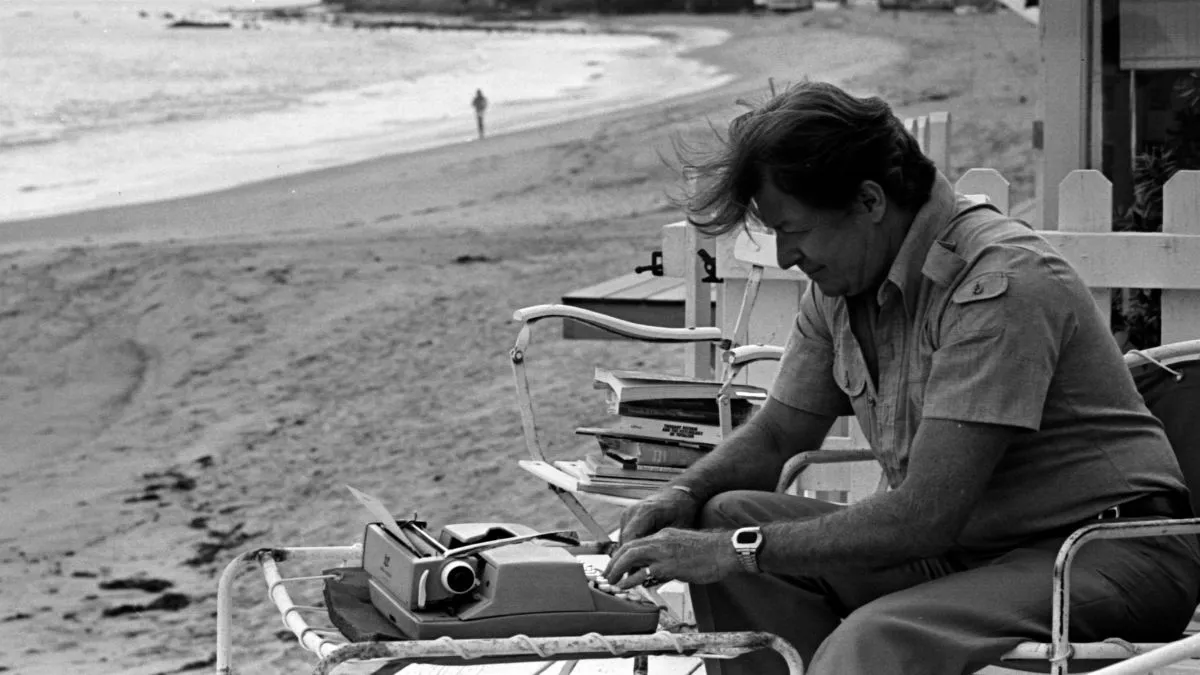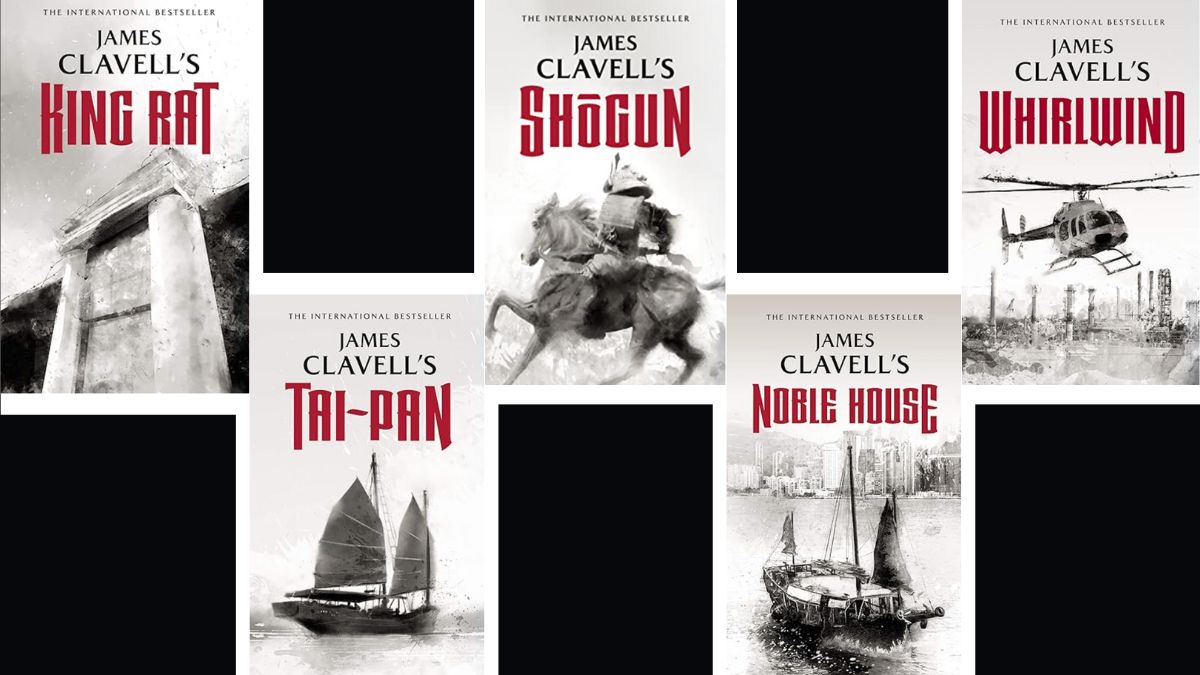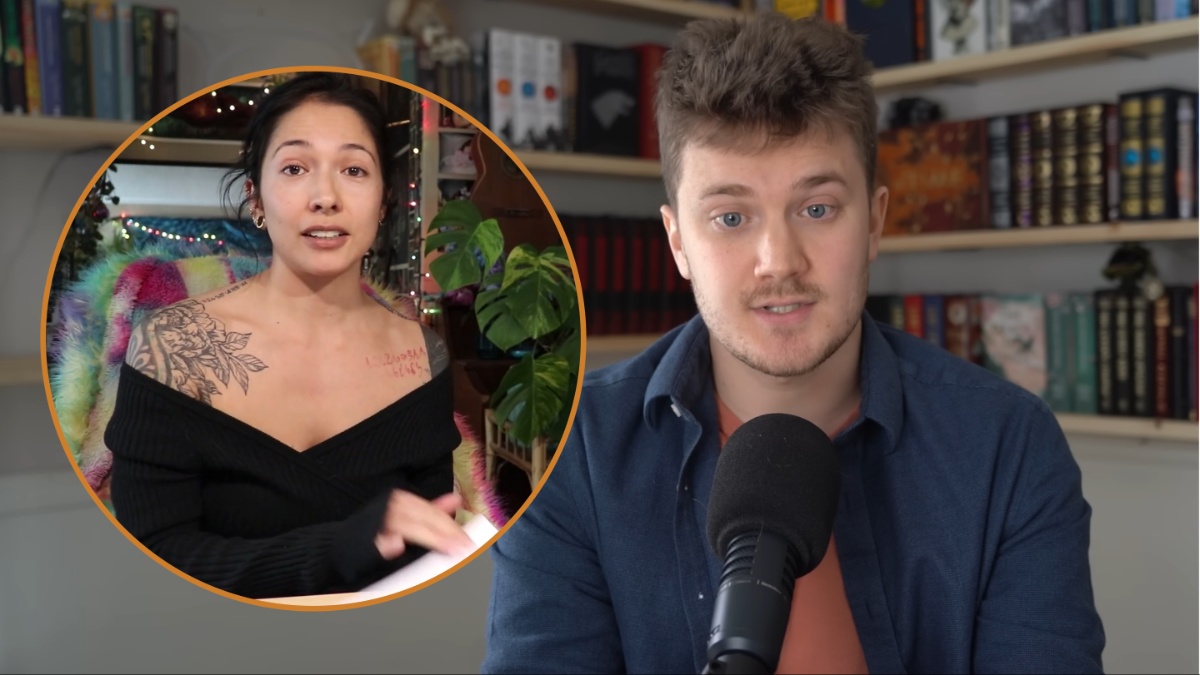A dazzling new adaptation is giving FX a stellar new reputation, as Shōgun easily separates from the pack to become a standout in the genre. Like HBO’s The Last of Us — and very much unlike Netflix’s Avatar: The Last Airbender — the show maintains the soul of its source material: A nearly 50-year-old novel by author James Clavell.
The result, so far at least, is a gripping historical tale about a brutal civil war in feudal Japan. The book is not Clavell’s first work, but it is set at the earliest time period. Chronologically, it serves as the first book in Clavell’s Asian Saga, which spans several countries and tells tales of sprawling wars, prisoners, kings, and betrayals. Several of the books within the saga are connected, but none relate back to Shōgun. Don’t be discouraged if you were hoping for a nice lengthy written companion to the FX series, however. Shōgun is a singularly long book — so long, in fact, that it is typically bound in two separate volumes.
James Clavell’s Asian Saga, in chronological order

Clavell’s Asian Saga doesn’t function like many modern book series. While a few of the books within this six-novel series are interconnected, several of them are entirely separate. Connected instead by their overarching themes and their setting in Asian countries, the few books that are connected span generations and showcase the many challenges, ever-changing politics, and fascinating inner workings of Clavell’s historically-inspired setting.
All of the books within his Asian Saga are built around real historical events, but don’t expect any of them to fully follow our history books. Clavell took inspiration from a myriad of genuine historical moments, but he wove characters, storylines, and plot points into his works that are entirely original. If you’re looking to enjoy more of the fascinating story currently unfolding on FX, here’s how to tackle Clavell’s Asian Saga in chronological order.
1. Shōgun (1975)
It was not the first book he penned for his mega-popular saga, but it does take place in the earliest timeframe, which makes Shōgun the official start of James Clavell’s Asian Saga. The hefty book was released in 1975, and follows the contentious battle between clashing warlords as they seek out the lofty title of Shōgun. The story is told through the eyes of an English sailor named John Blackthorne, as he aids local daimyo Toranaga in his efforts to stop a full-blown war from breaking out.
2. Tai-Pan (1966)
Clavell wrote Tai-Pan nearly a decade before he put pen to paper for Shōgun, but the book takes place several centuries later. This time rooted in the mid-1800s, following the first Opium War, the story follows a huge number of characters, but at the core of the story are Dirk Struan and Tyler Brock. Former shipmates turned bitter business rivals, the two powerful men go to a war of their own as Hong Kong adjusts to its new status as a British colony.
3. Gai-Jin (1993)
Gai-Jin is one of several Asian Saga entries that continues a story set down in a previous work. The 1993 novel takes place around 20 years after the events of Tai-Pan, and once again puts a member of the Struan family at its core. This time, its set right around the political crisis that occurred during the Tokugawa Shōgunate, and follows Struan descendant Malcolm. Once again, the story weaves an intricate tale combining multiple historical moments into a complex and fascinating tale.
4. King Rat (1962)
Clavell’s debut novel, King Rat, actually falls right in the middle of his Asian Saga chronologically. It is among his most captivating stories, largely due to the harsh real-world experiences woven into its telling. Clavell himself was a prisoner of war during the First World War, and his experiences — first in Java, and later in Singapore’s Changi Prison — inform the captivating storytelling in King Rat, which details the harrowing struggle of several prisoners to survive in a POW camp.
5. Noble House (1981)
Once again returning to the favored Struan family, Noble House returns to the storyline established across Tai-Pan and Gai-Jin. The third book in that saga is far more interconnected and sprawling than its predecessors, however, and follows dozens of separate characters and storylines across its more than 1,000 pages. Those intermingling plot lines and captivating characters are more than enough to hook readers, however, as they dig into a story about a struggling Struan descendant and the myriad of malicious forces trying to turn Hong Kong’s influence in their favor.
6. Whirlwind (1986)
The final book in Clavell’s Asian Saga, Whirlwind once again loosely connects its story back to the characters and plot lines set down in Tai-Pan. This time, the setting is shifted westward to Iran, where the Struan family works to establish control over the oil industry to further expand their fortune. Like many of Clavell’s works, the book contains a mind-bending number of interwoven storylines, characters trapped in conflict, and fascinating nods to the real historical and regional challenges of the late 1970s.











Published: Feb 28, 2024 01:25 pm